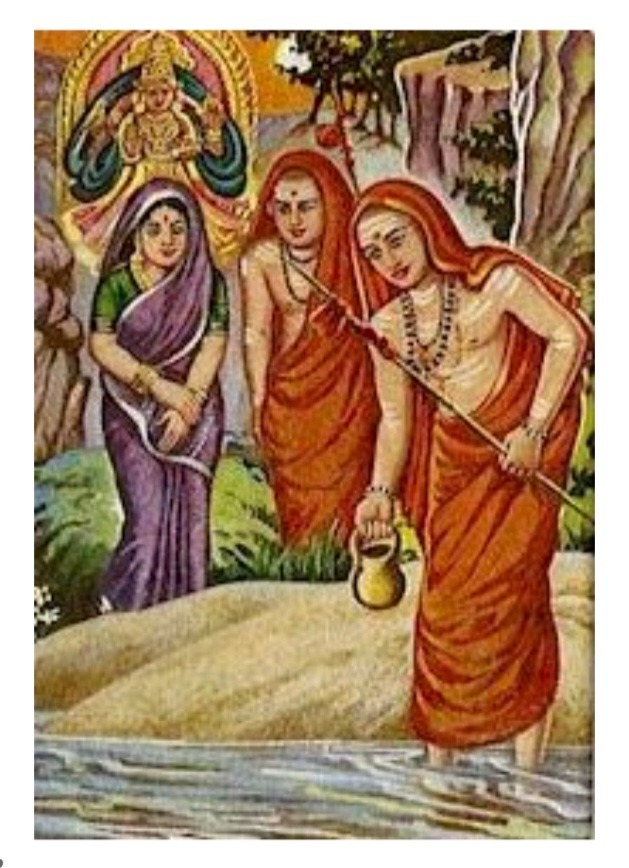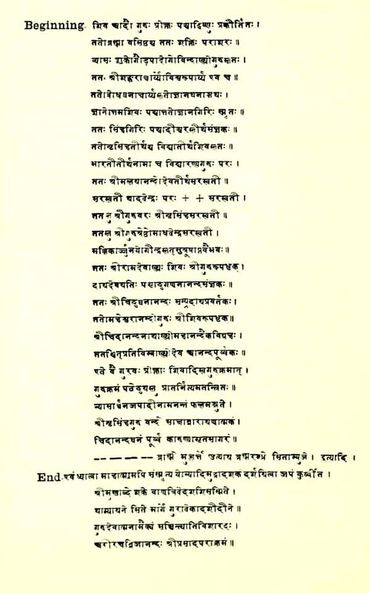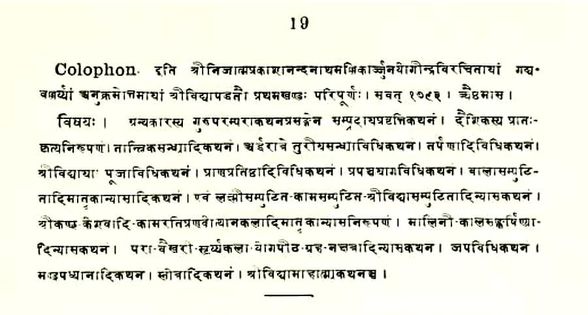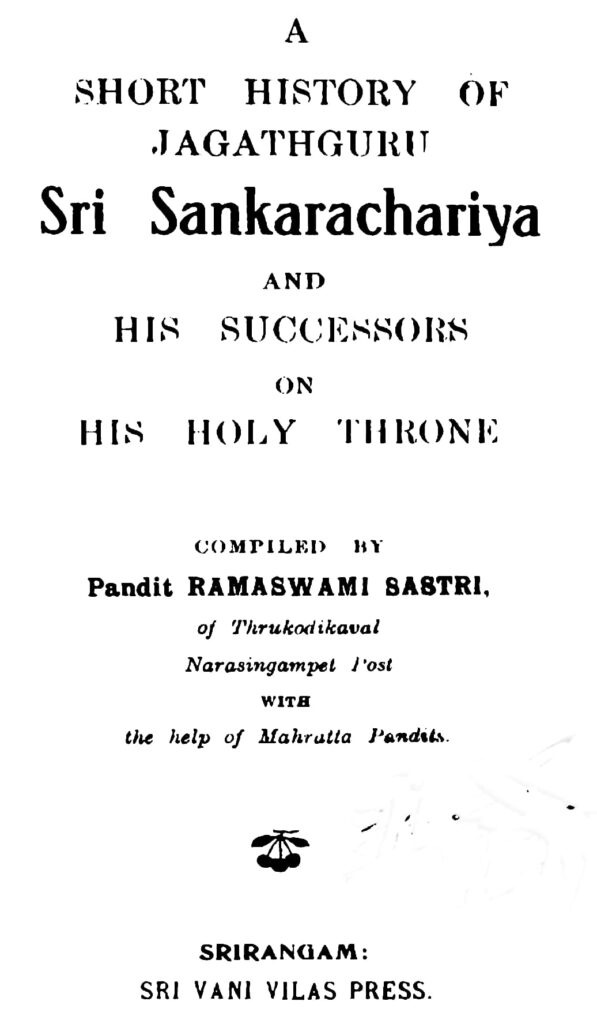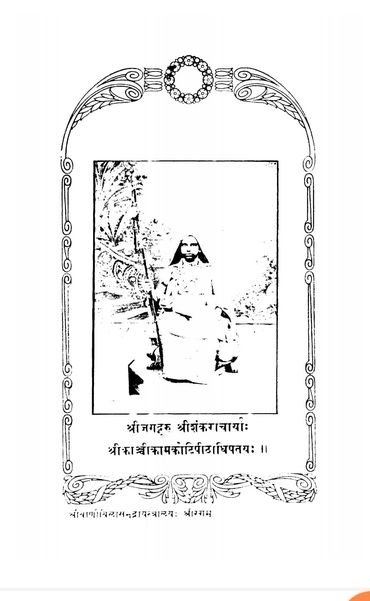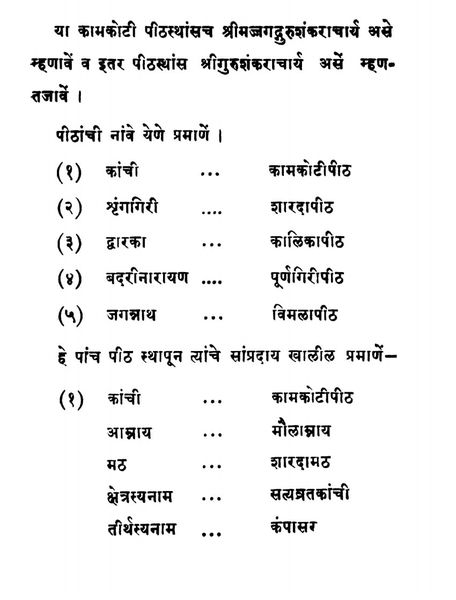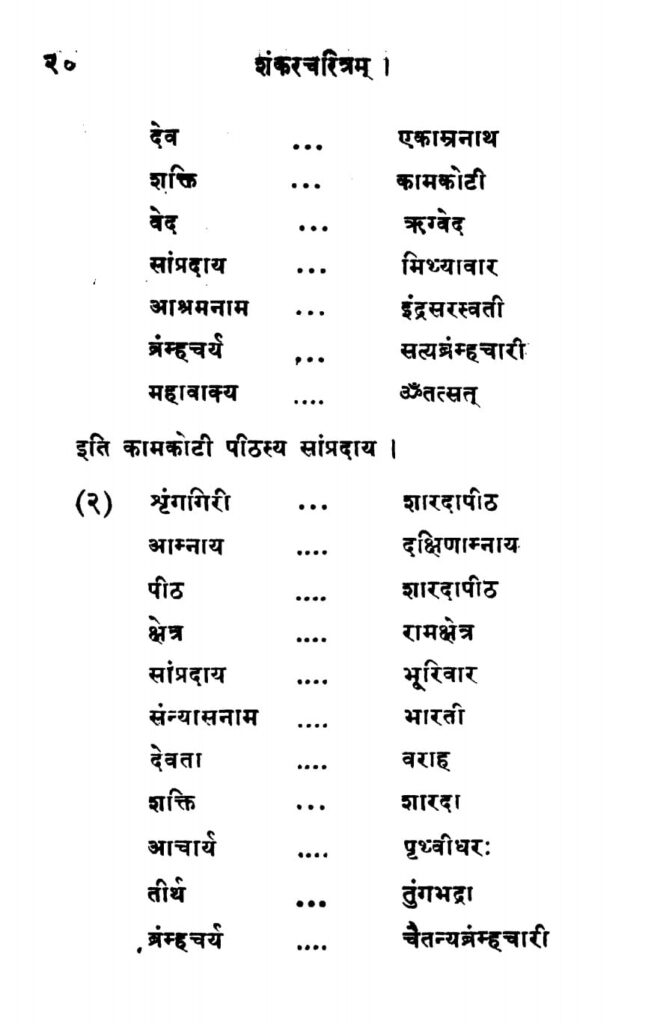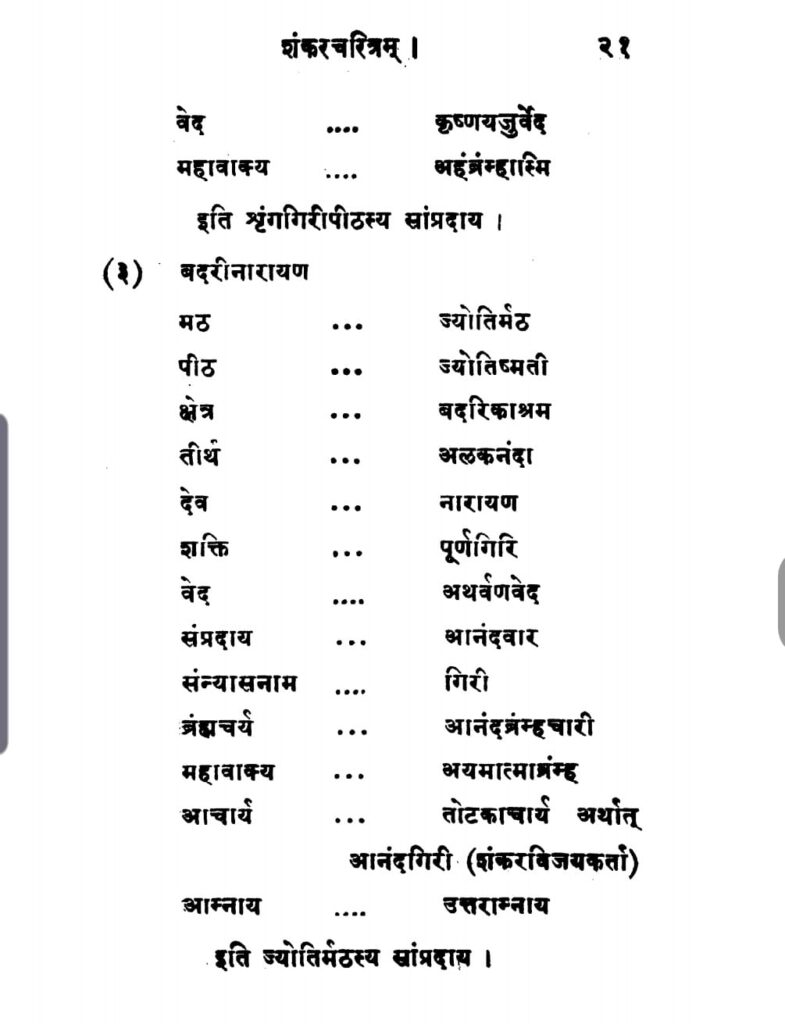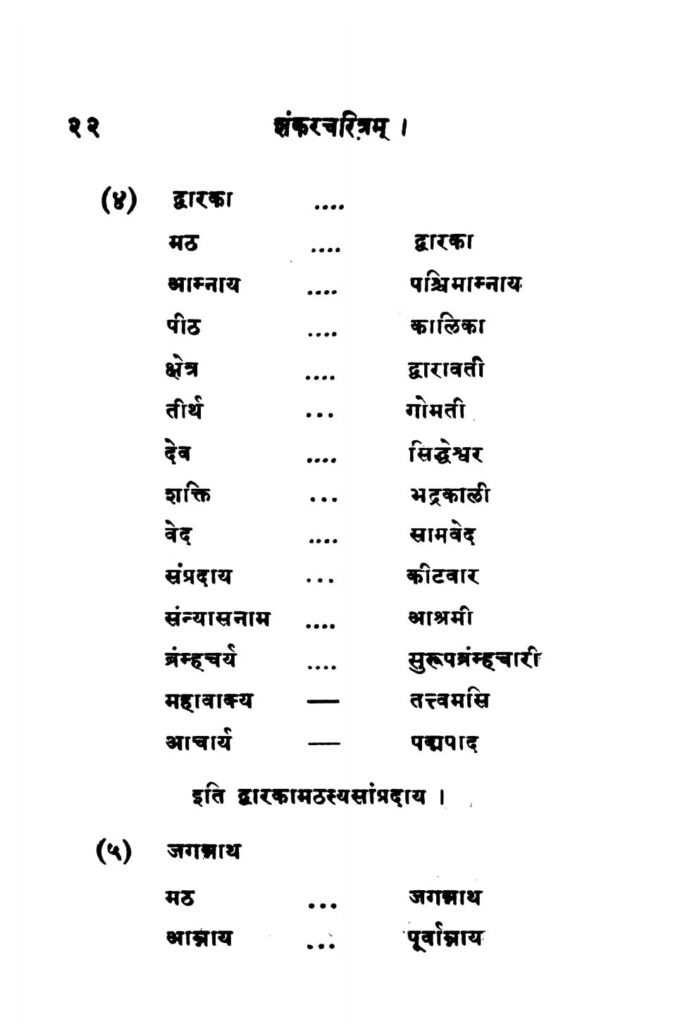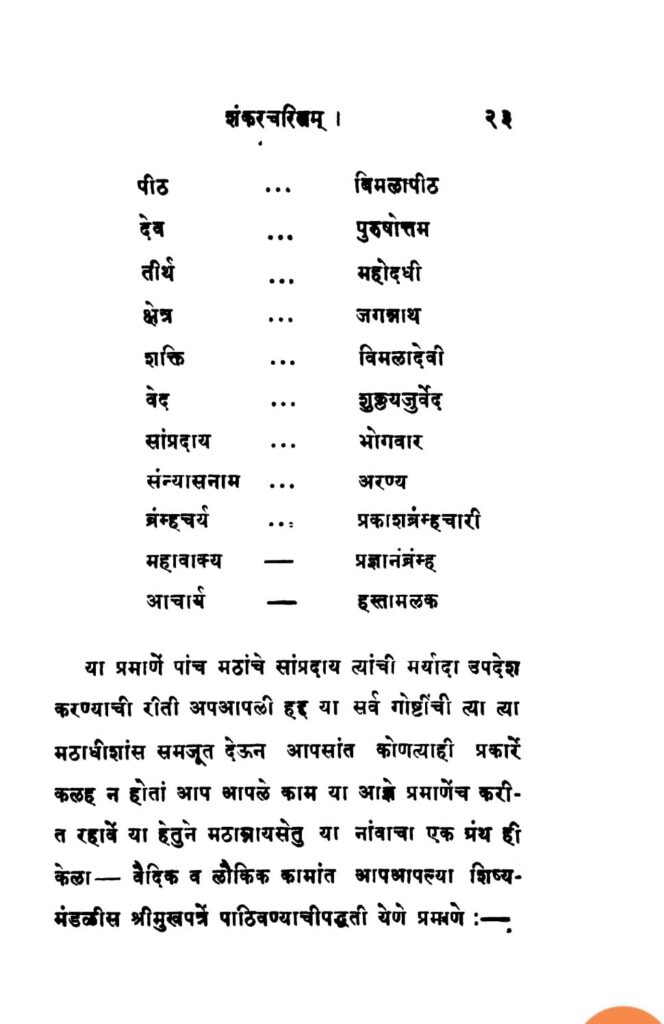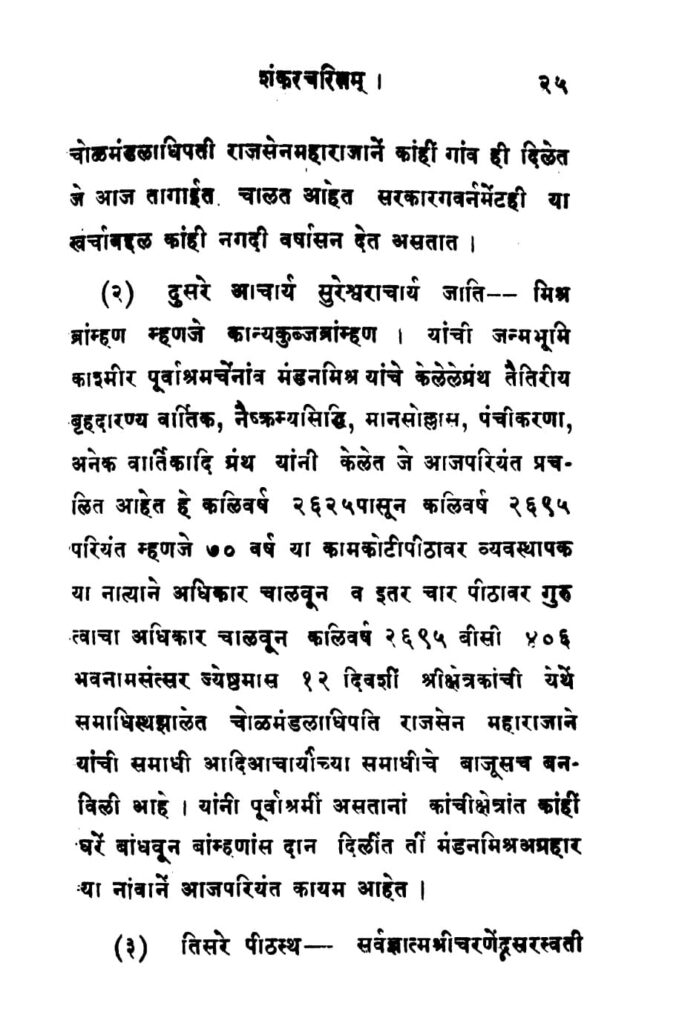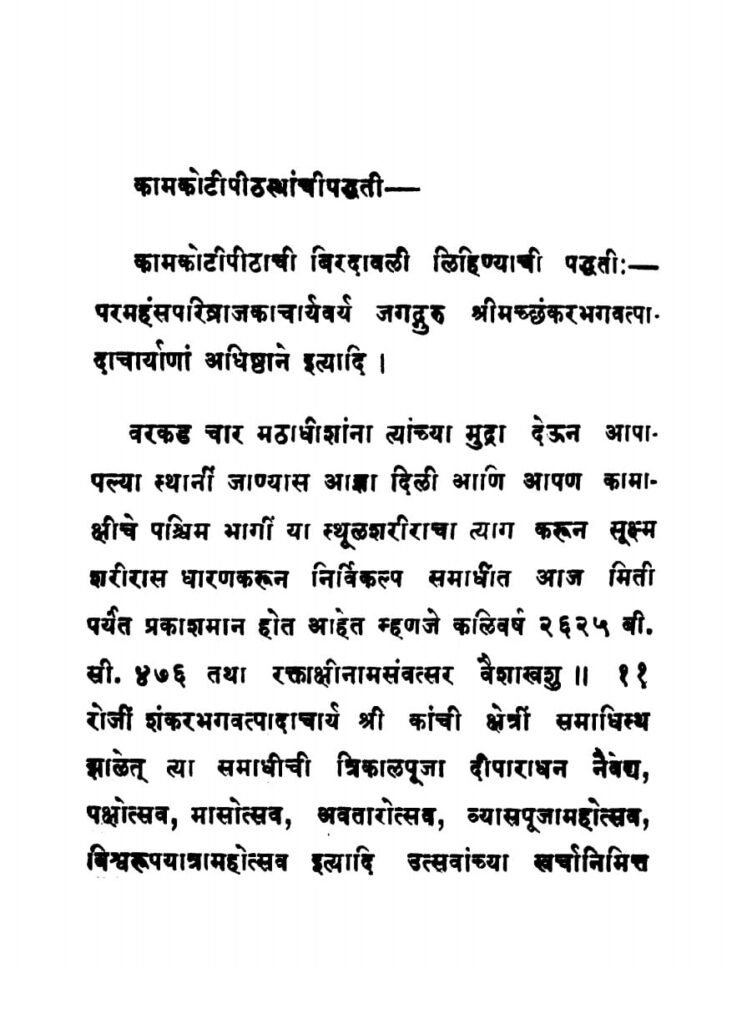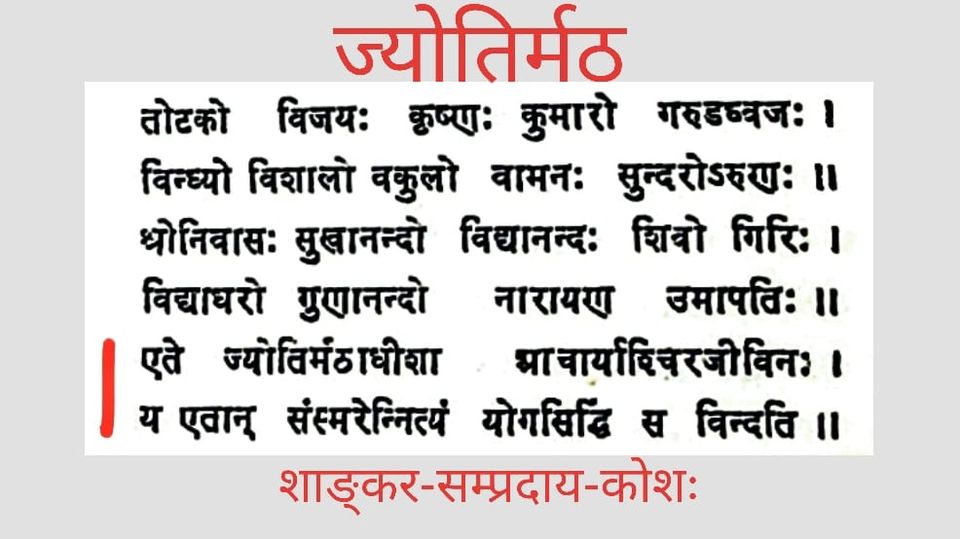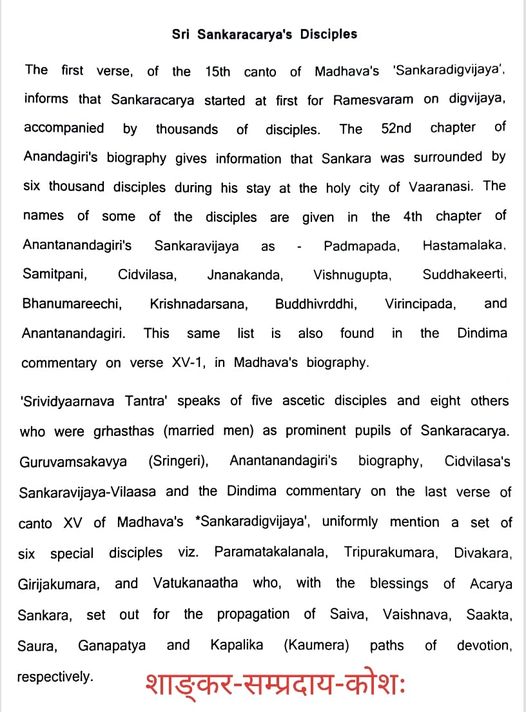Special article commemorating the Maha Kumbhabhishekam of Shri Sureshvaracharya Adhishtanam Shrine at Shri Kanchi Kamakoti Peetham Shrimatham, Kanchipuram on 03.5.2024.
Part-2 (contd.)
Sureshvaracharya Adhishtanam inside Shri Kanchi Kamakoti Peetham Shri Matham
The Sureshvaracharya Adhishtanam or Samadhi is located within the premises of Shri Kanchi Kamakoti Peetham. Historical records indicate that this has been in worship for a long time.
Kanchi Kamakoti Peetam was shifted to Kumbhakonam and remained there for a brief period due to political unrest and religious persecution caused by invaders. Further, it is well-known that the repair and re-consecration of the Tatankas of Akhilandeshvari at Tiruvanaikkaval has been traditionally carried on by the Jagadgurus of the Kanchi Kamakoti Peetam.
During the time of the 64th Acharya of Shri Kanchi Kamakoti Peetham, Jagadguru Shri Chandrashekharendra Sarasvati Shankaracharya Swamigal, a case was filed by the representative of the Tunga matha in 1844. This case was duly dismissed with costs and the traditional rights of Shri Kamakoti Peetam was confirmed by the Principal Sadar Ameen Court, Tiruchirapalli. The two appeals filed by the Tunga side were also rejected by the Appellate Courts.
What is notable here is that the response by Shri Kanchi Kamakoti Peetham was presented with evidence that “The plaintiff’s argument claiming there is no matham in Kanchipuram serves no purpose whatsoever. Inside the matham lies the adhishthanam of Shri Sureshvaracharya, also known as Mandanamishra, along with an agraharam in his name, and several other adhishthanams and Brindavanams in the area.”
Proof was also presented of arrangements of poojas and maintenance by the Karyasthas of Shrimatham that continued in these adhishtanams even during the very difficult period of the shifting, conflict and while the Acharyas, Chandramaulishvara and Bangaru Kamakshi were all on the move!
It is extremely important to note that the Tunga matha’s side in that court case did not challenge this statement regarding the existence of Sureshvaracharya Samadhi inside Shri Kamakoti Peetham Shrimatham in Kanchipuram. Nor was any contradictory evidence provided.


